We caught up with the brilliant and insightful Greg Kozatek a few weeks ago and have shared our conversation below.
Greg, thanks for joining us, excited to have you contributing your stories and insights. What’s been the most meaningful project you’ve worked on?
Since 2019, I’ve been publishing a queer satire magazine called The InQueery. It assumes the voice of a “queer research corporation” and publishes its “scientific” findings each month. As the magazine’s creator, editor-in-chief, and art director, I facilitate a monthly editorial collaboration between a writer and illustrator to produce a piece on queer trends, behavior, and artifacts. Notable “research” includes developing the definitive taxonomy of iced coffee poses and outing an array of quotidian phenomena as quintessentially queer (e.g. shooting stars, focaccia, Jeep Wranglers). I’m proud of where the project has come in the last five years. It continues to be an ever-growing community of queer and ally artists who can learn about each other and create together. Contributors have also volunteered their time and talents on fundraisers for charitable organizations that work with LGBTQIA+ youth.

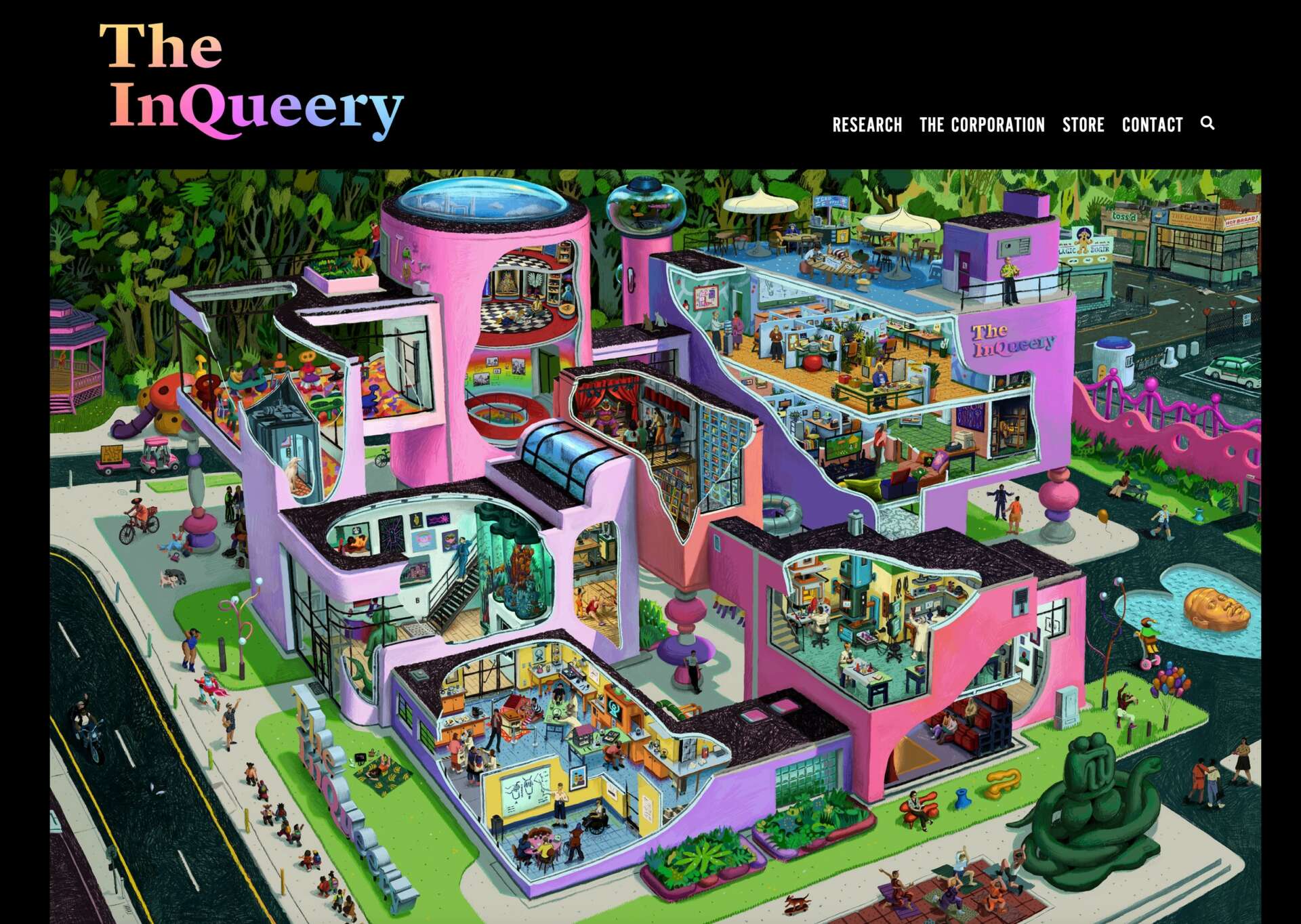
Great, appreciate you sharing that with us. Before we ask you to share more of your insights, can you take a moment to introduce yourself and how you got to where you are today to our readers.
I’m a New York-based art director and designer. I graduated from Rhode Island School of Design’s Illustration Department in 2010 and moved to New York City shortly thereafter. My first job was working as an intern at Phantom Limb Company, a theatrical studio that uses puppetry, movement, multimedia storytelling, and design to create stories that are built on an intersection of innovation, social change, and visual art.
Eventually, I started my first full-time job at Todd Oldham Studio, an interdisciplinary design studio where designers from many areas of study—architecture, painting, textiles, graphic design—all worked collaboratively on assignments and brought their specialized problem-solving approaches to the table under the direction of designer Todd Oldham. My first project involved laying out a 672-page monograph on mid-century designer, Alexander Girard. I was terrified having little to no experience with book design. I borrowed all of my roommate’s graphic design books and watched countless InDesign tutorials. It was exhilarating and also one of the most challenging projects I’ve ever worked on.
Fourteen years later, I’m still very fortunate to be working at Todd Oldham Studio—it’s truly one of the best “day jobs” I could imagine. I know it’s a rarity to be employed at the same job for so long, but I’ve loved being there because every year feels like I’m working at a new place. The projects we take on are across the design spectrum from books, packaging, stop motion, art supplies, craft products for children and adults, as well as household goods and clothes. I think working on educational art products for kids has been some of the most fulfilling work I’ve had the pleasure of designing at the studio. To date we’ve created two different craft lines, Kid Made Modern and Smarts & Crafts, each focusing on all-in-one activity kits that celebrate open-ended art-making techniques. Knowing that there’s a chance that you could be instrumental in shaping a child’s (or anyone’s) first experience with making or creativity is a privilege, and it’s important to get it right.
At some point in the first year of working at the studio, I partnered with a RISD classmate, George Hoffmann, to start a set design partnership. We were both interested in theater and collaborative making. Set design was a perfect way to explore those interests, and we ended up designing ten shows together.
We’d leave our full-time day jobs at 6 p.m., and then work on sets until 1 or 2 a.m., in addition to sourcing props and building sets on the weekend. It was grueling, but I felt lucky to create things so closely with a creative partner and a larger artistic team. We could also hire our friends when it came time to load in, paint, and decorate the sets; it always felt like a big studio party.
In addition to designing sets and props, I’ve continued to freelance over the years as an illustrator, making posters and images for theater, comedy, and film. I’ve also recently teamed up with Meg Steinfeld-Heim and Alison Romig, the creators of the queer newsletter, The Yearning, to organize queer creative events in NYC under the name ARTSLUT.
I also run a drawing project called The Sheep Book (@thesheepbook on Instagram) that I started in 2010. If you feel like it, draw me a sheep!

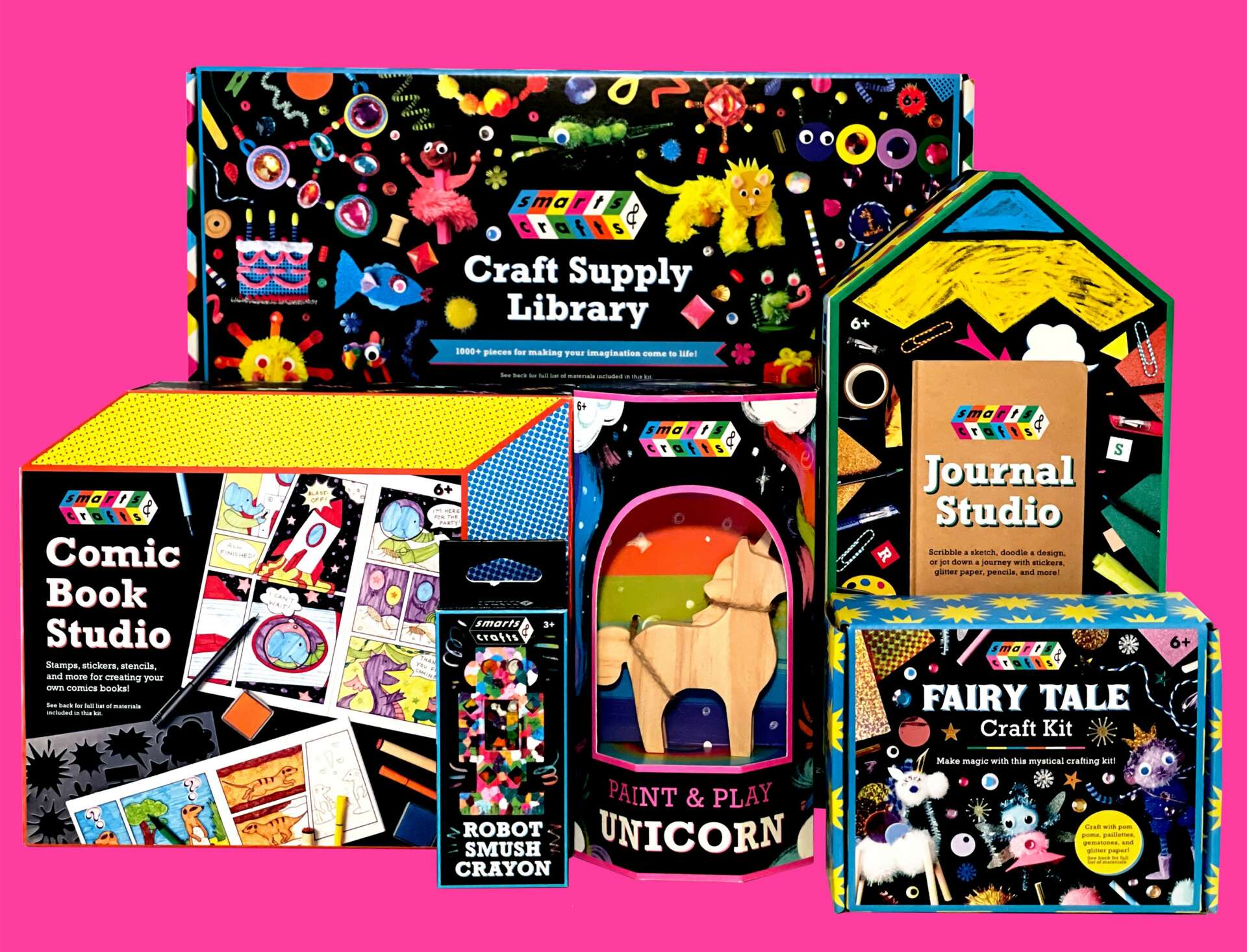
Is there mission driving your creative journey?
Looking back, it’s always been about collaboration. Some of my favorite experiences and achievements have been sculpting creative environments like plays, group shows, or crowdsourced drawing projects where art can be made as a duo, a group, or a team. I like to think of collaboration as a medium, and I’m most interested in what happens when two or more people put their minds and talents together to solve a problem in any artistic capacity. Whether I’m part of the creative work or acting as a facilitator, I think the process of learning how to understand, interpret, and interact with someone else’s creativity is invaluable and produces distinct results. I want to continue pushing the limits of collaborative art-making through the scope and scale of my work and projects. I think developing the identity of a collaborative artist can inform society’s notions of how we often perceive making art to be a solo act.
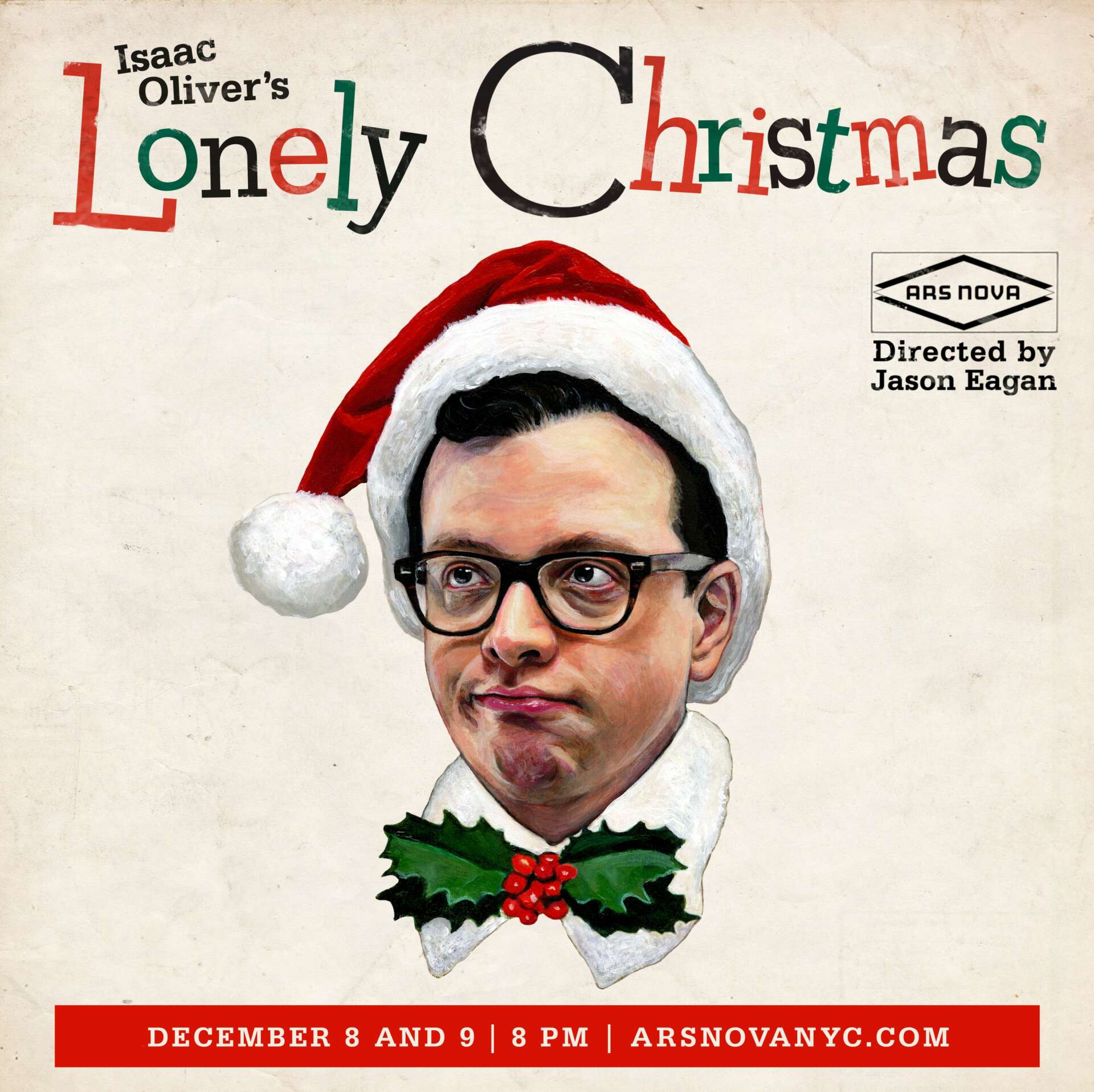
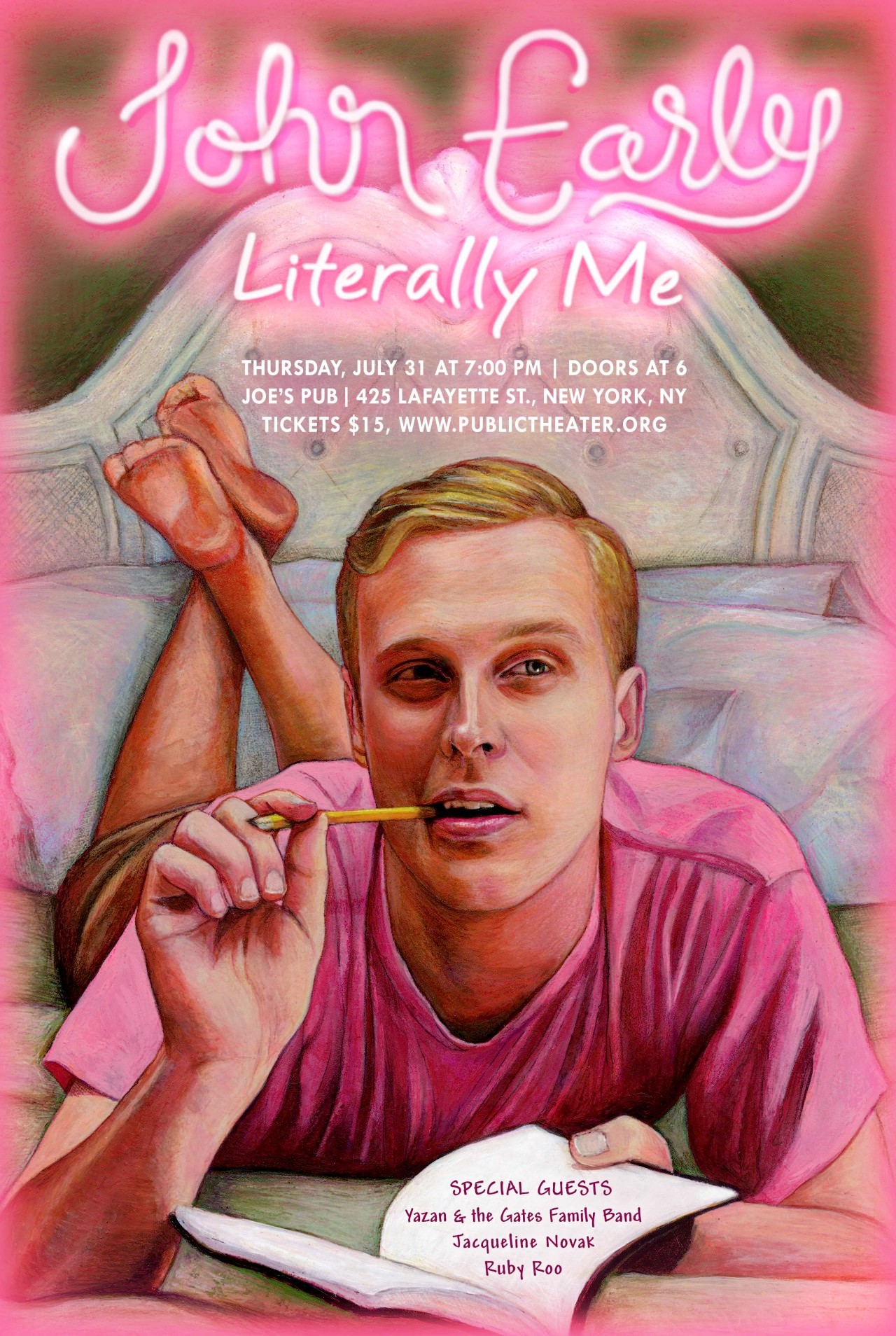
In your view, what can society to do to best support artists, creatives and a thriving creative ecosystem?
Society undervalues how artists and creatives can be problem solvers. I think there is a common perception that creativity is frivolous; if you have the time to create, you’re doing it as a hobby or a passion—and sometimes it is! However, I think on a higher level, there could be more spaces created for artists in the context of imagining solutions to societal issues. True creativity can often provide unique and unusual responses to a problem.
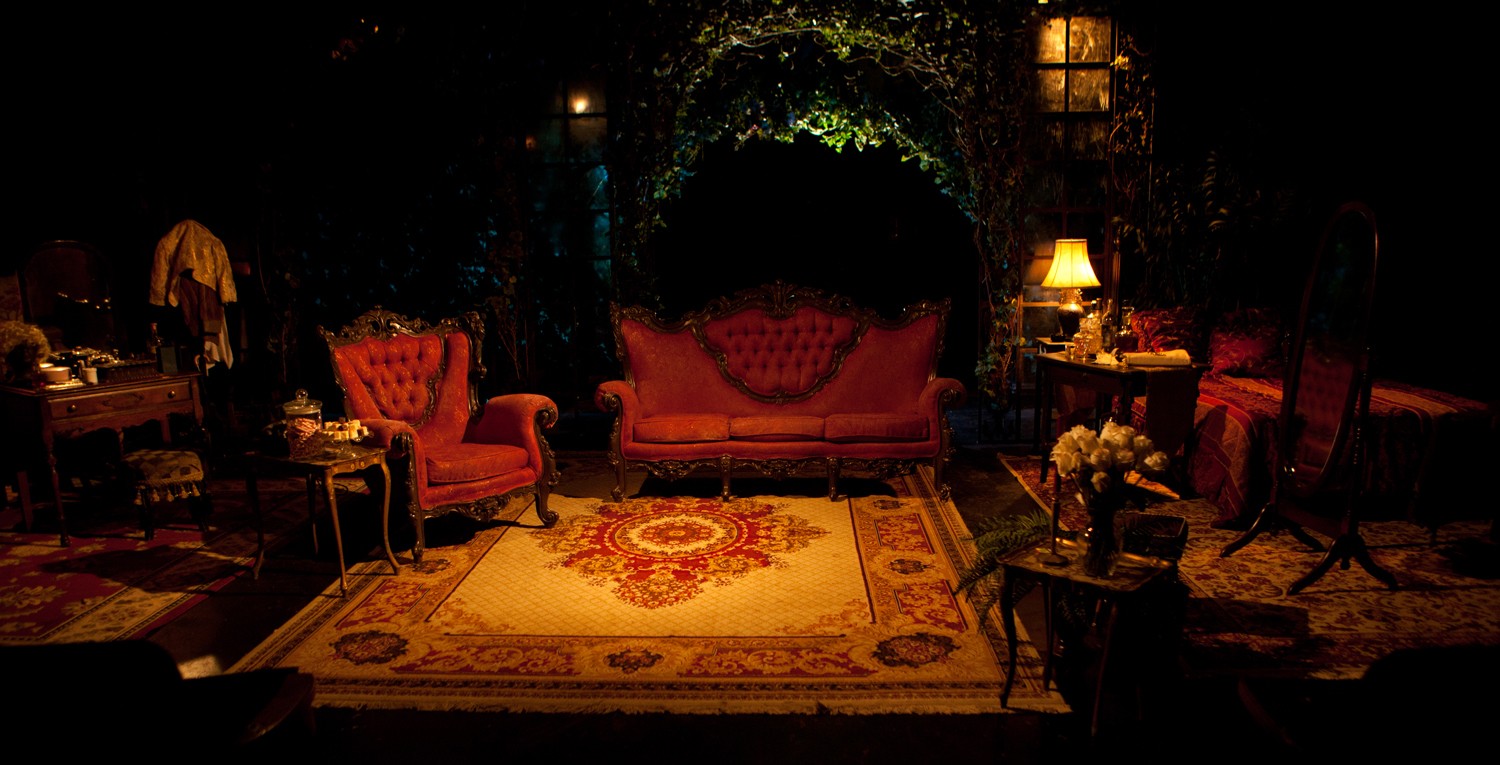
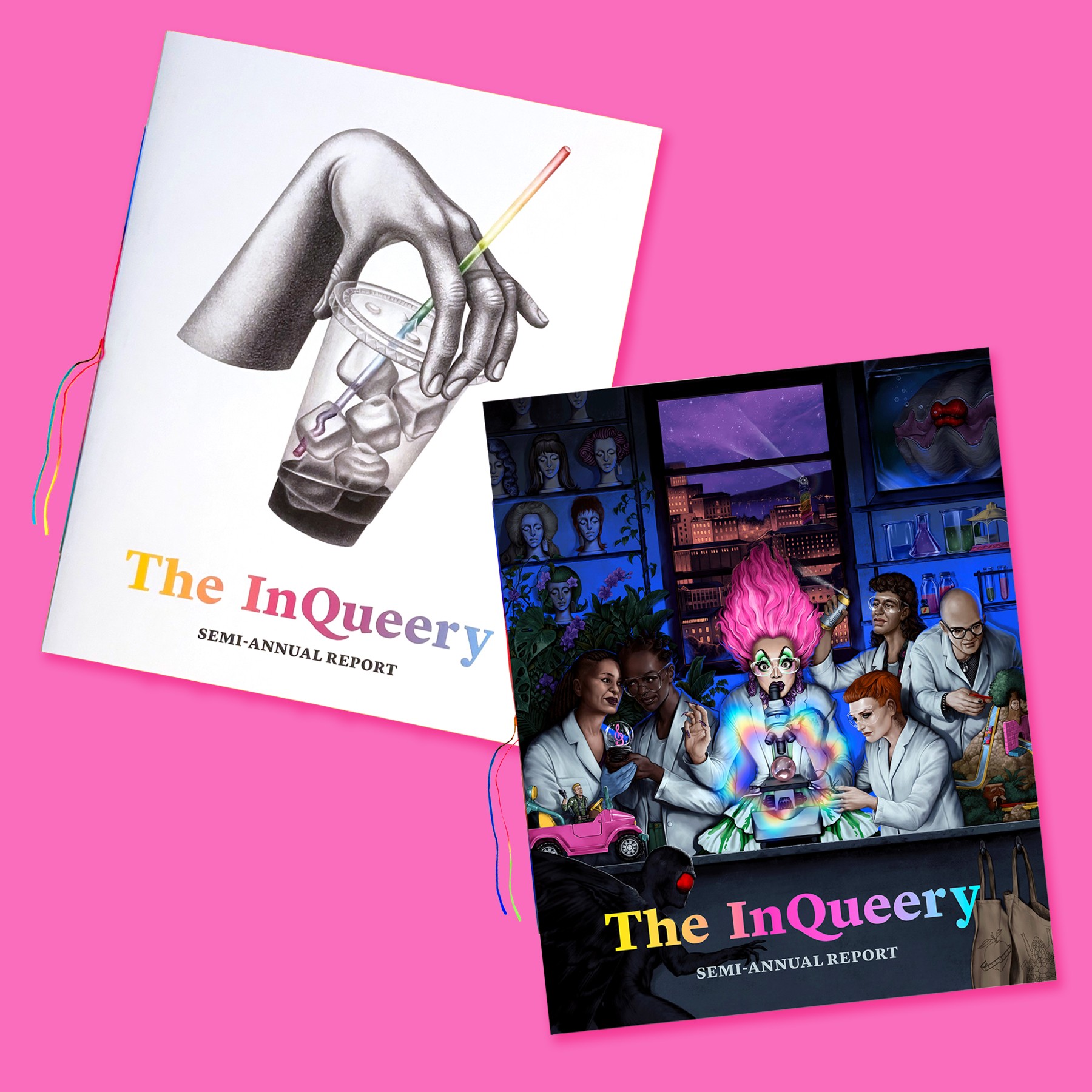
Contact Info:
- Website: http://www.gregkozatek.com/
- Instagram: inqueerymedia
- Linkedin: https://www.linkedin.com/public-profile/settings?trk=d_flagship3_profile_self_view_public_profile
- Other: [email protected] [email protected]
Image Credits
Alison Dubois (Greg Kozatek illustrated portrait) Garen Barsegian (Fever Set photo) Lee O’Connor (Kid Made Modern product assortment photo) Hunter Canning (The Capables set photo) MouseMouse (The InQueery Headquarters illustration) Armando Veve & Colin Verdi (The InQueery Magazine cover illustrations)


